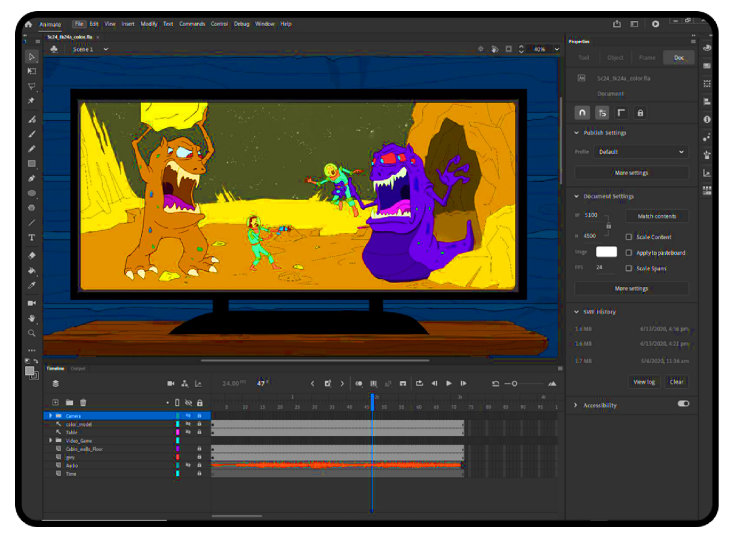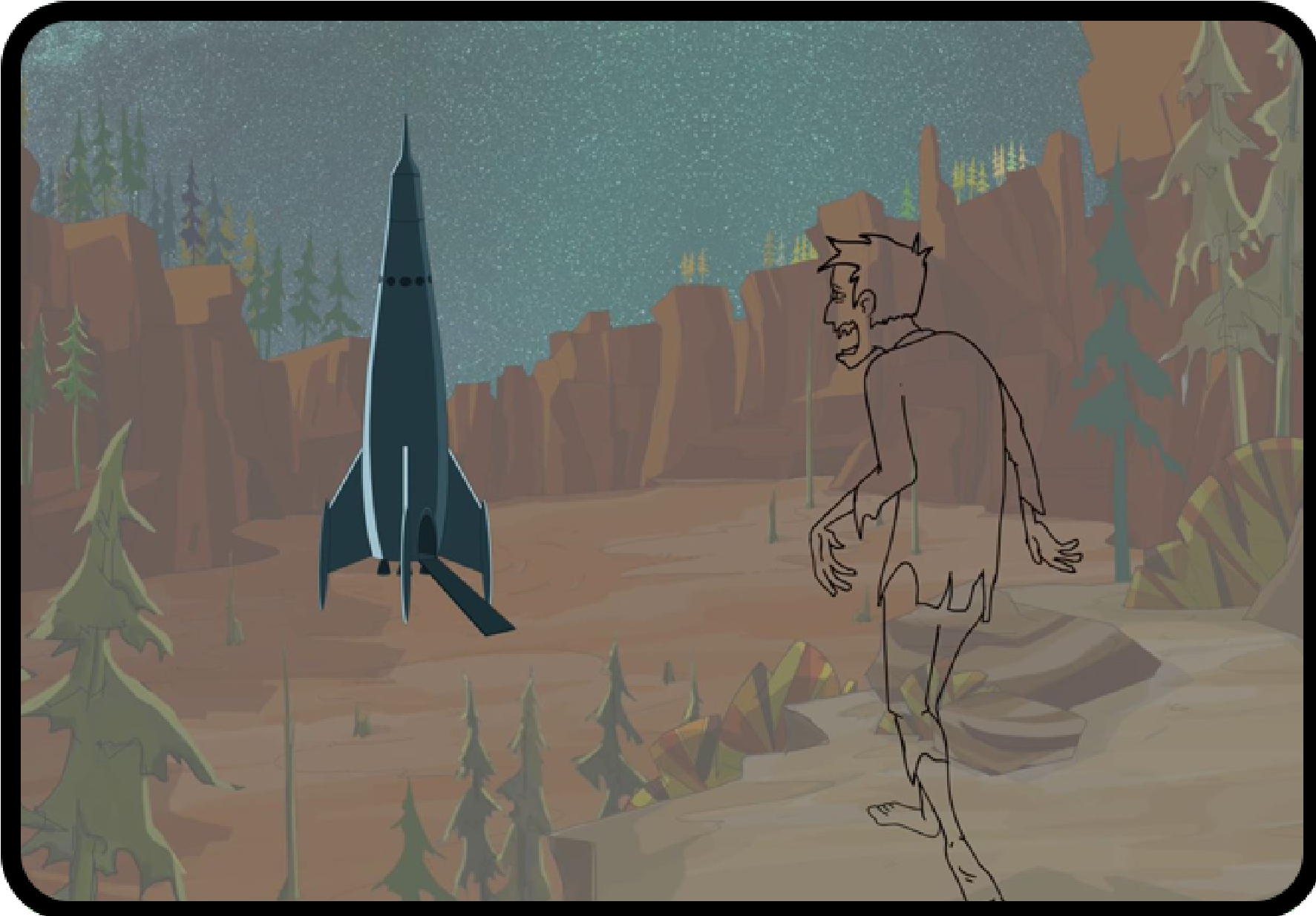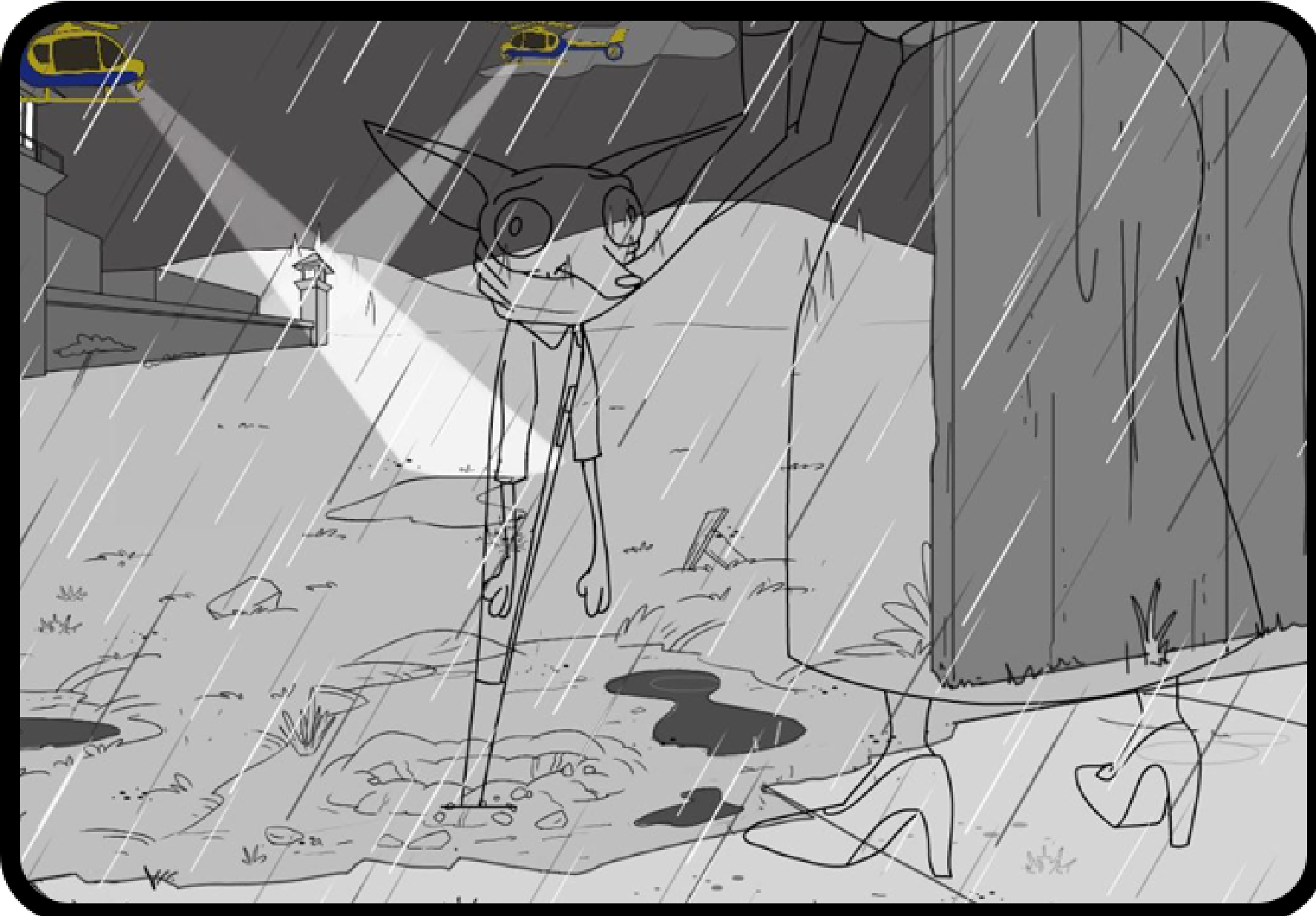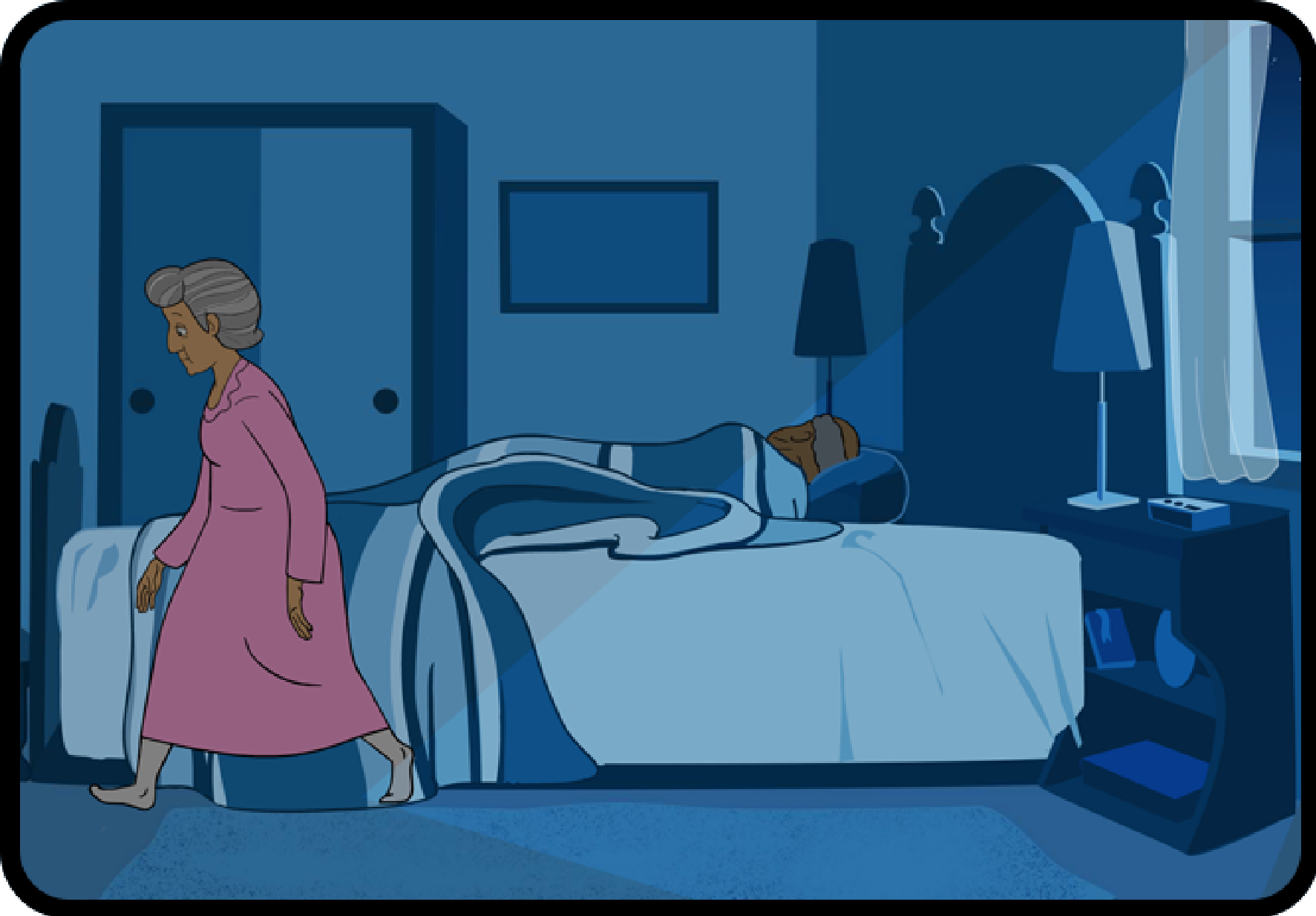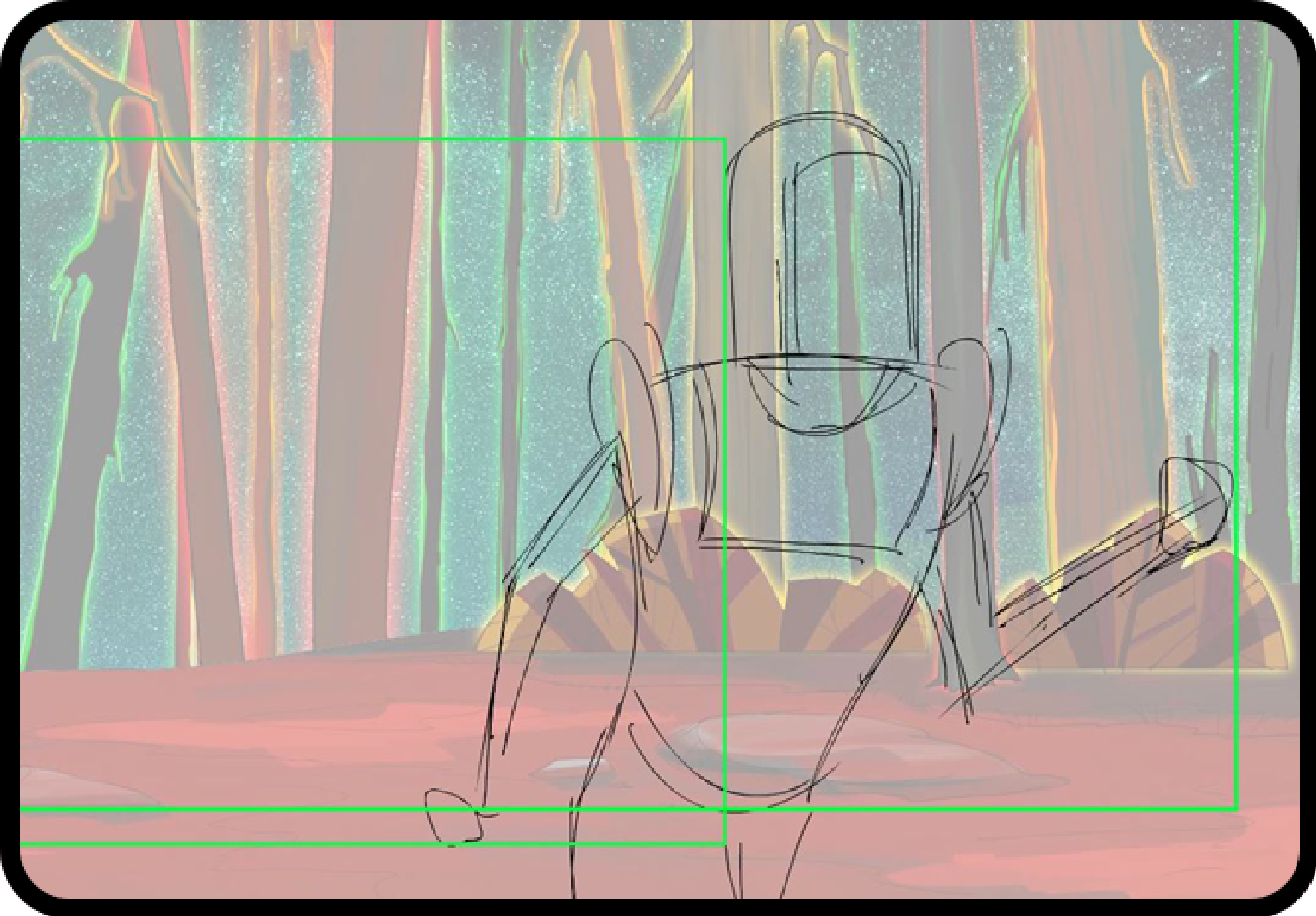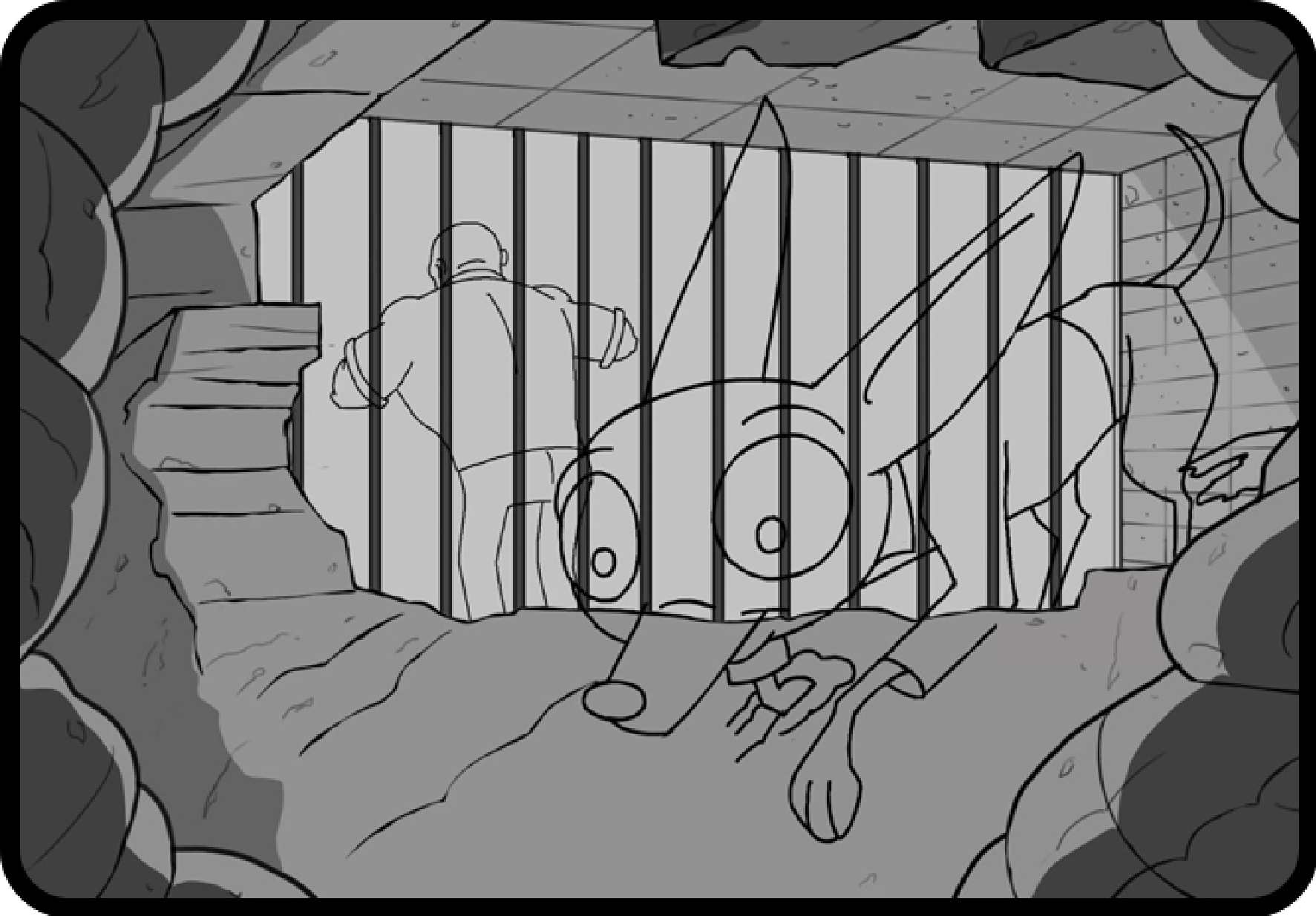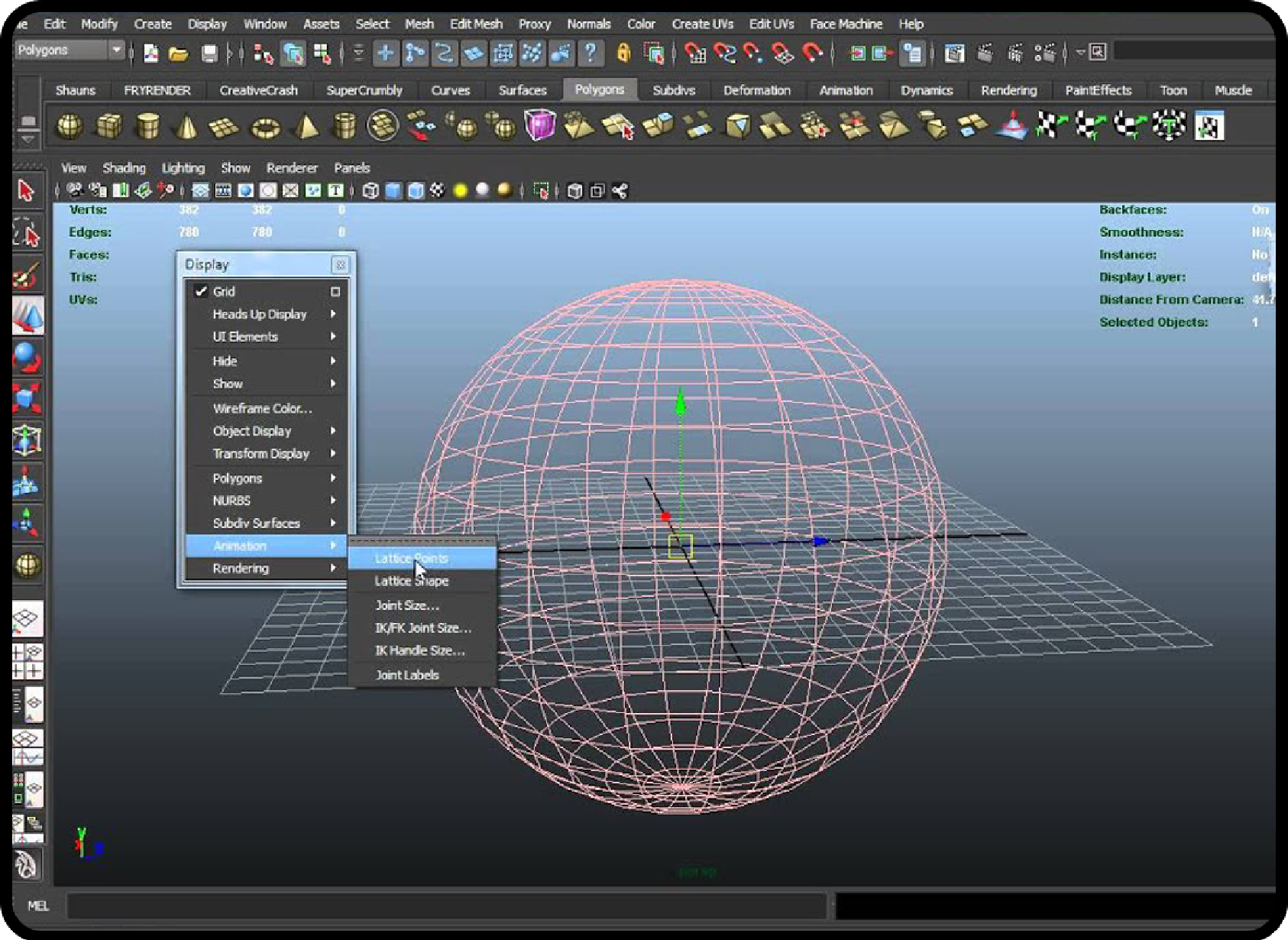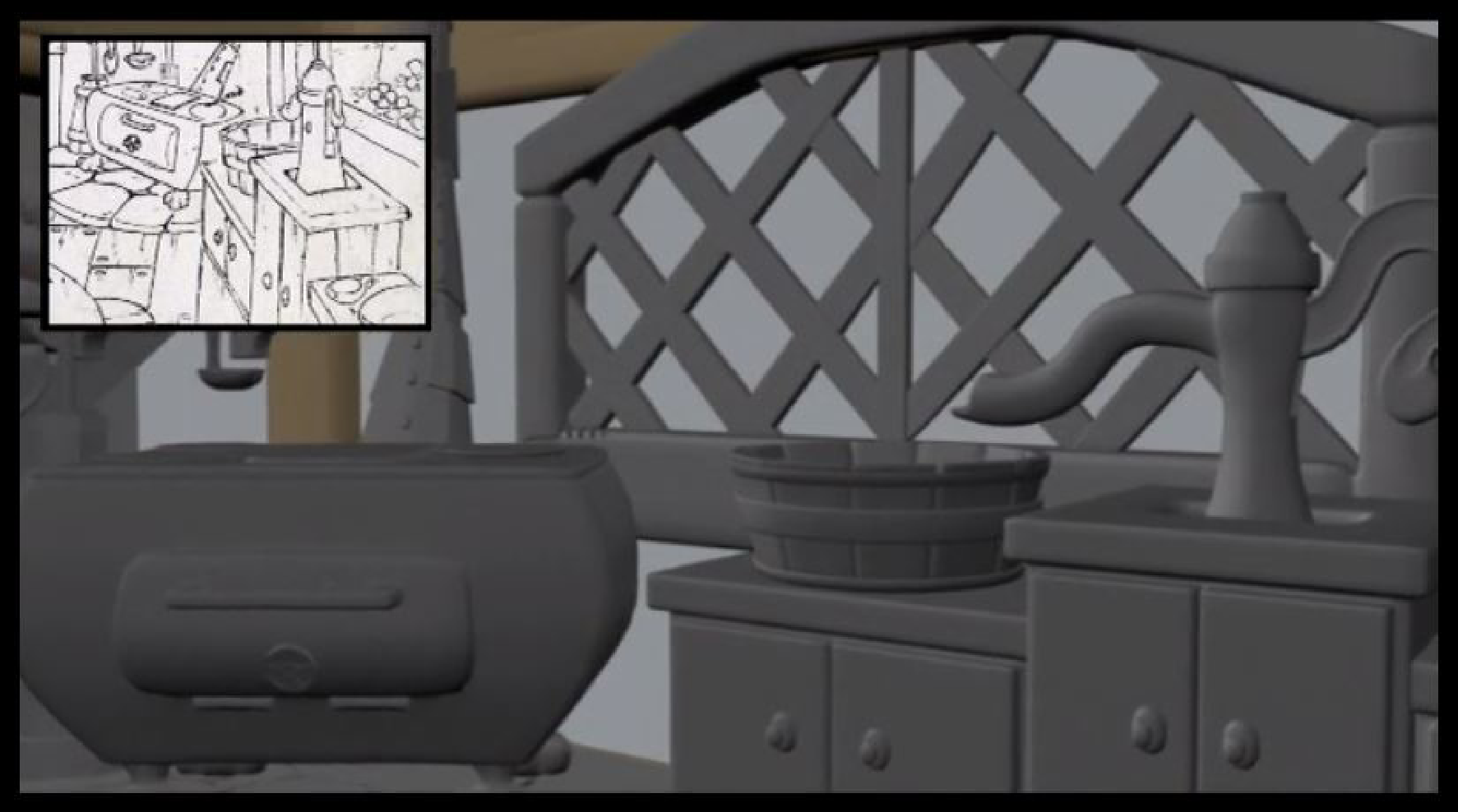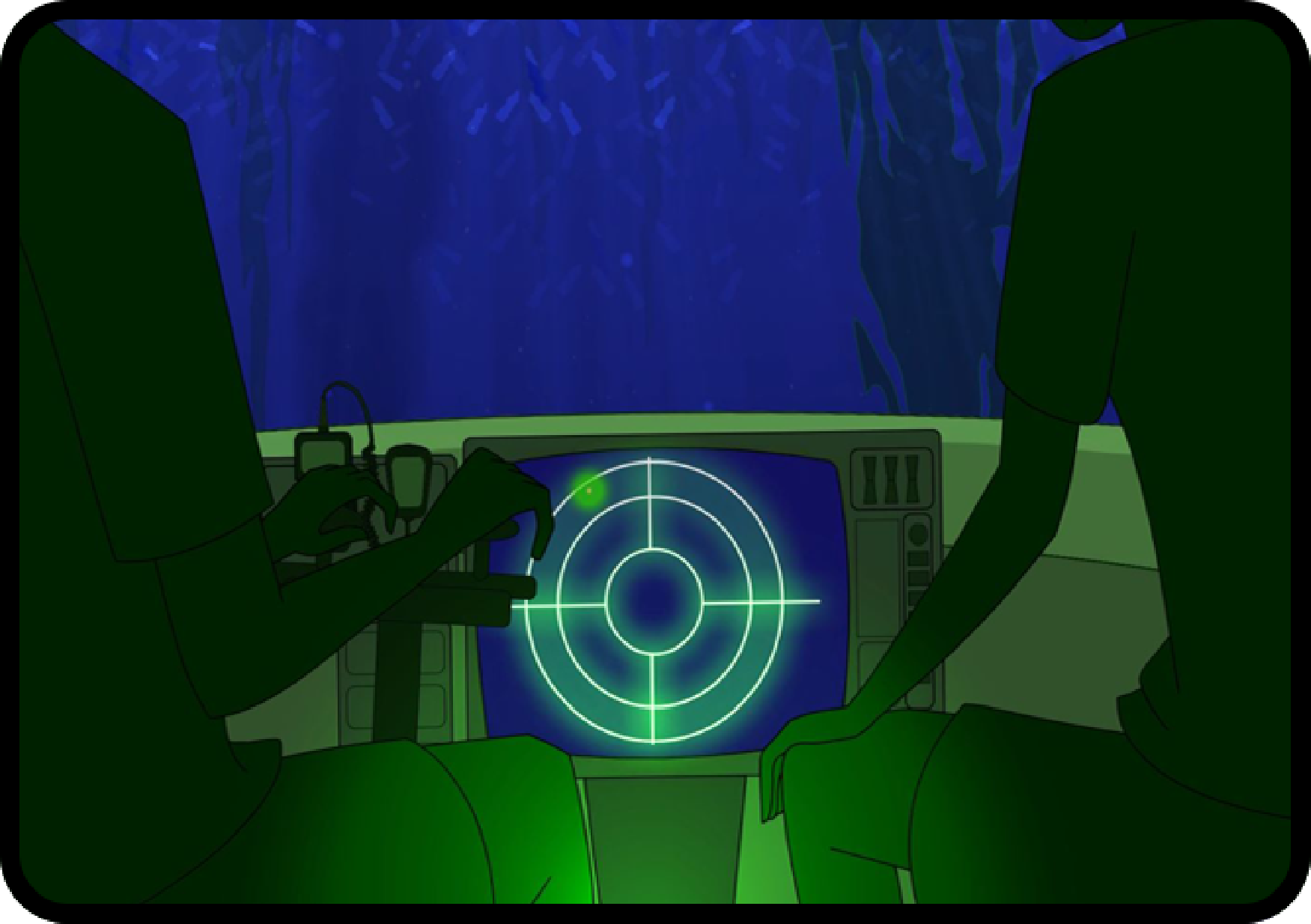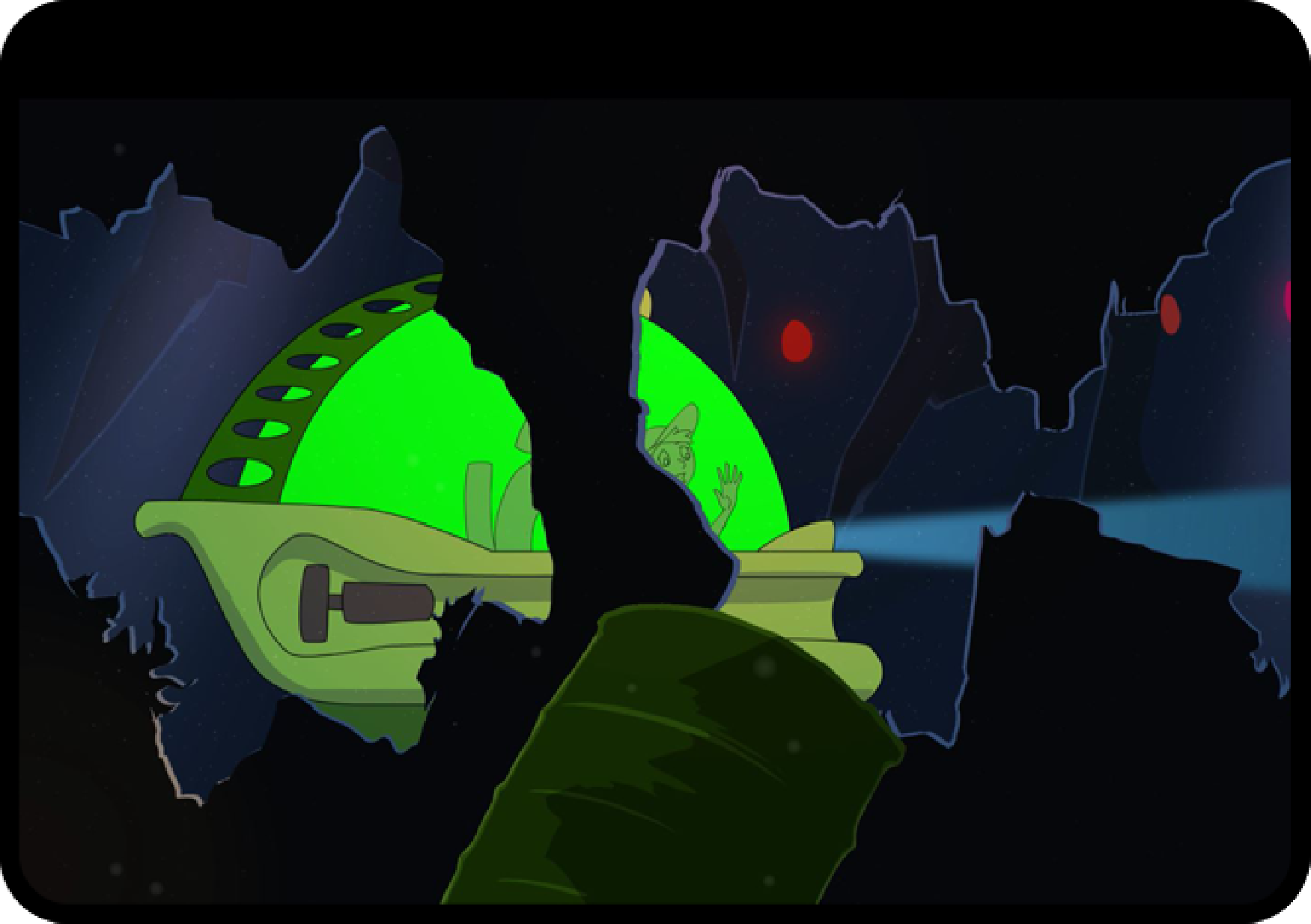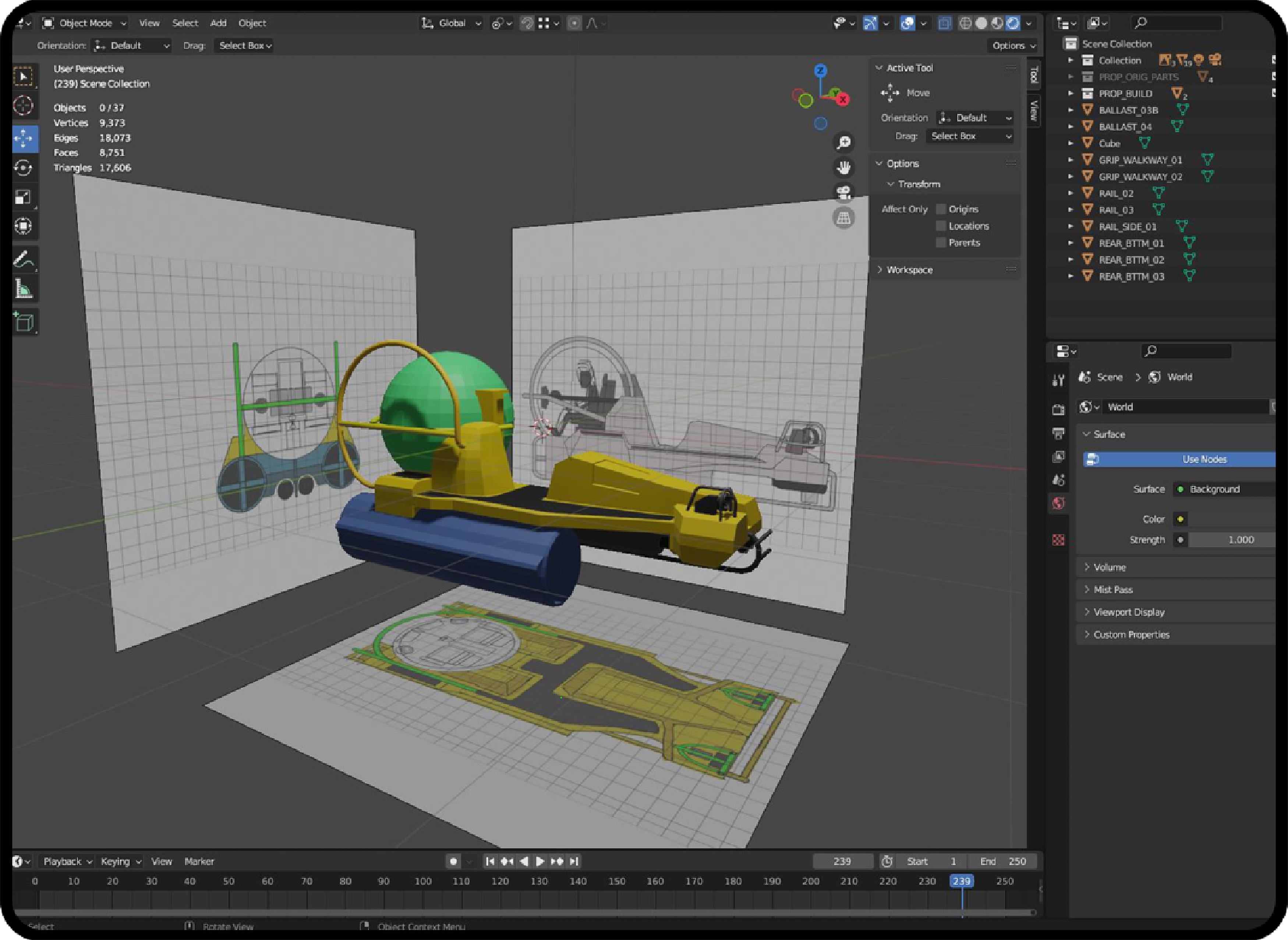ANIMATION
Methods & Techniques
I love animation, more specifically, personality driven animation – character animation, that follows the laws of physics – unless broken for comedic effect. I enjoy many styles of animation that utilize a variety of production methods and techniques but my inspiration, for example, comes from watching an animation pencil test of a deer prancing through the forest – by Disney animator Milt Kahl. This bundle of drawings on paper has so much appeal and believability (you can’t motion capture this hand drawn performance and when replicated in 3D it looks too uncanny that the performance is “watered down” to look visually acceptable.) The timing, sculptural qualities, the weight, gestures, and personality all come together to create a magical and inspiring performance
– Milt Kahl
Traditional 2D Animation
Traditional hand drawn animation is the best way to learn animation. It’s not about that “Perfect” drawing – it’s about feeling that drawing/pose with those impulsive rough scribbles, that eventually becomes the heart of the gesture, while “rolling” or “flipping” a sequence of 3, 4, or more rough drawings. This is to remind us that one drawing/pose does not stand alone but to remind us that all of these drawings/poses are dependent on each other to create a unique and convincing performance.
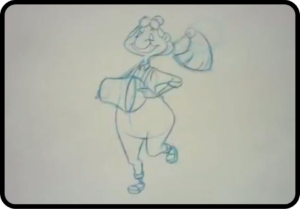
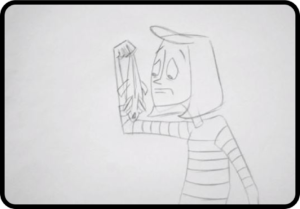
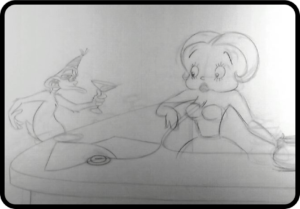

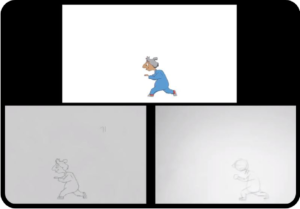
Tradigital Animation
3D Animation
2D Backgrounds
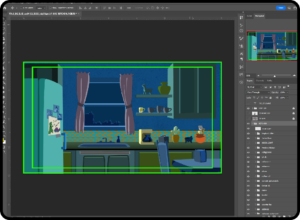
ADOBE PHOTOSHOP
I prefer creating my backgrounds in Adobe Photoshop. The tools, colors, filters, and effects are excellent. These backgrounds are a sample from my short films.


